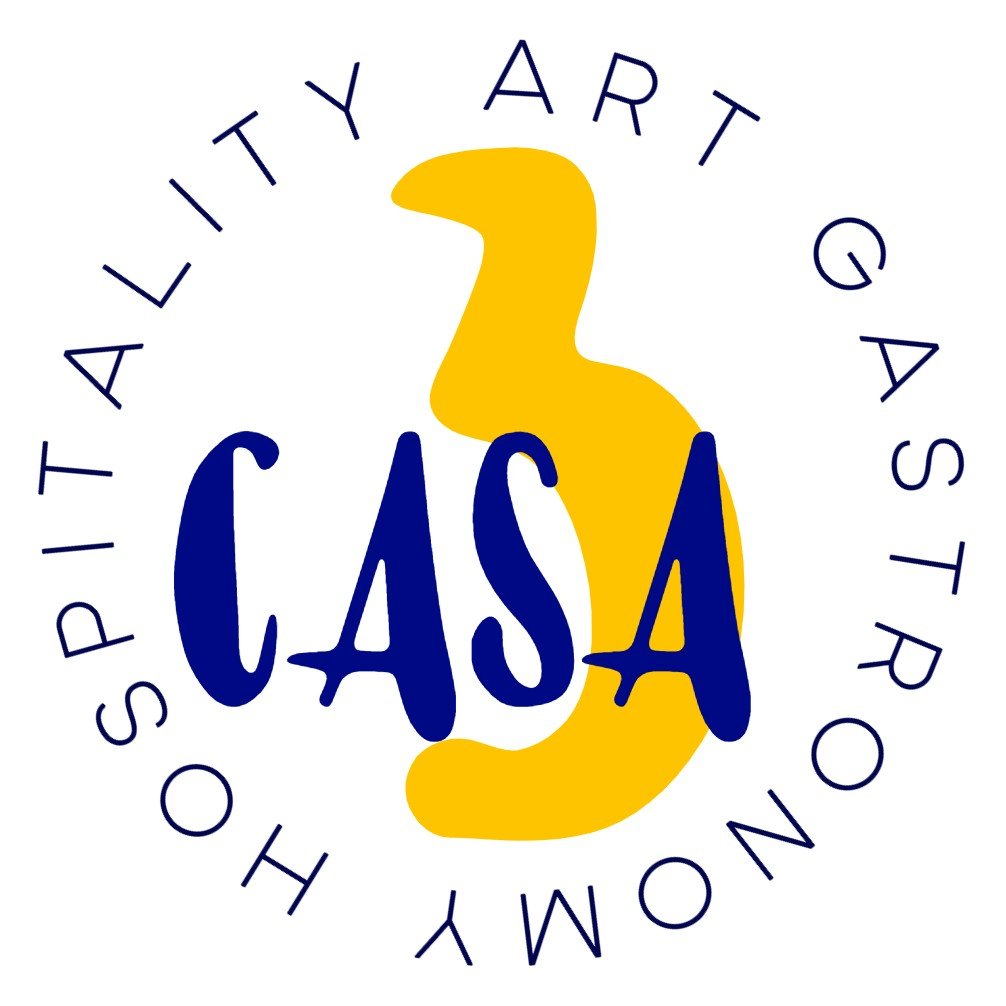War and Peace, Us and Them
The cold war
I am a child of the cold war. For many years in my youth my sense of European geography was defined by the divide between East and West. The political border between American oriented countries and those that were under the influence of the Soviet Union was as tangible as a mountain range or an ocean. Maybe even more so, because it was a line that you did not want to cross. There was nothing but poverty and oppression on the other side. Who would want to go there?
“I hope the Russians love their children too”, Sting sang in the eighties, and that pretty much sums it up. It was impossible for me to imagine what the people on the other side were like. As a child it is hard to make sense of political subtleties and the easiest thing to do was to think of ‘our side’ as the good guys and the ‘other side’ as the bad. The political covered up all cultural, religious and linguistic differences that exist in the east as they do in the west. Then, in 1989, the Berlin Wall fell and the world witnessed Germans from the DDR running into the arms of their western counterparts. The ‘war’ was over..
The Balkan war
Soon after that, in the beginning of the nineties, former Yugoslavia fell apart. While part of Europe pressed on with a political experiment in the form of the European Union, hoping to abolish war on the European continent by increasing economic and political unification, Serbians, Croatians, Albanians and Bosnians fought each other in a war that was as violent as it was confusing. Ethnic cleansing, genocide, all the crimes that we in the west imagined was something that belonged to the past, were now taking place very close to home. I was 14 years old at the time and again, I could not understand.
About a month ago I crossed the border from Italy into Slovenia, my first time in a former Yugoslavian country. It looked like Austria to me and the most striking difference was the overwhelming friendliness of the people. They assured me that the hospitality and friendliness would only increase as I moved further south into Croatia and Bosnia. I couldn’t believe it, but they were right. When I crossed the border between Croatia and Bosnia Herzegovina I experienced something that I hadn’t experienced in three years on the road: culture shock.
Peace is peace, until it isn’t
The internet is not of much help here, because outside of Banja Luka and Sarajevo, the villages I walk through are mostly tiny, poor and with an aging population. It is getting increasingly difficult to find people that speak English or German, but wherever I go I find hospitality. I have been generously hosted by catholic Croatians, orthodox Serbians and islamic Bosnians alike. Some insist that they don’t only differ in religious affiliation, but that they also speak different languages. But others assure me that that is only nationalistic rhetoric. It is like American and English; some words may be different, but there is more than just a family relation and they understand each other perfectly.
That these people were fighting and killing each other only 20 years ago is very hard to grasp for an outsider. Sure, here in Bosnia I hear chanting from mosques instead of church bells from catholic or orthodox church towers, but that merely gives this country a slight oriental flavor. The people look the same, I hear them speaking the same language and most importantly, they are just as friendly and hospitable. This is an important lesson for all of us to learn: the fact that we have been living in peace for so long should never be taken for granted; and being a so called ‘civilized’ people is by no means a guarantee that we would not be capable of the violence and destruction that has been a red line through the history of humanity.
